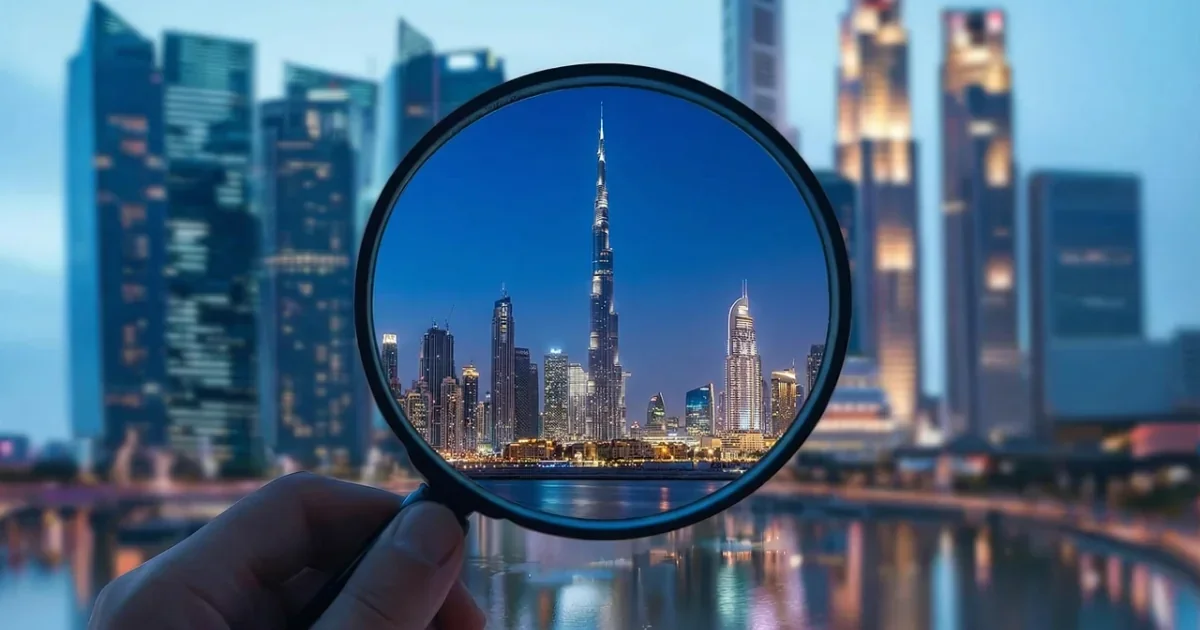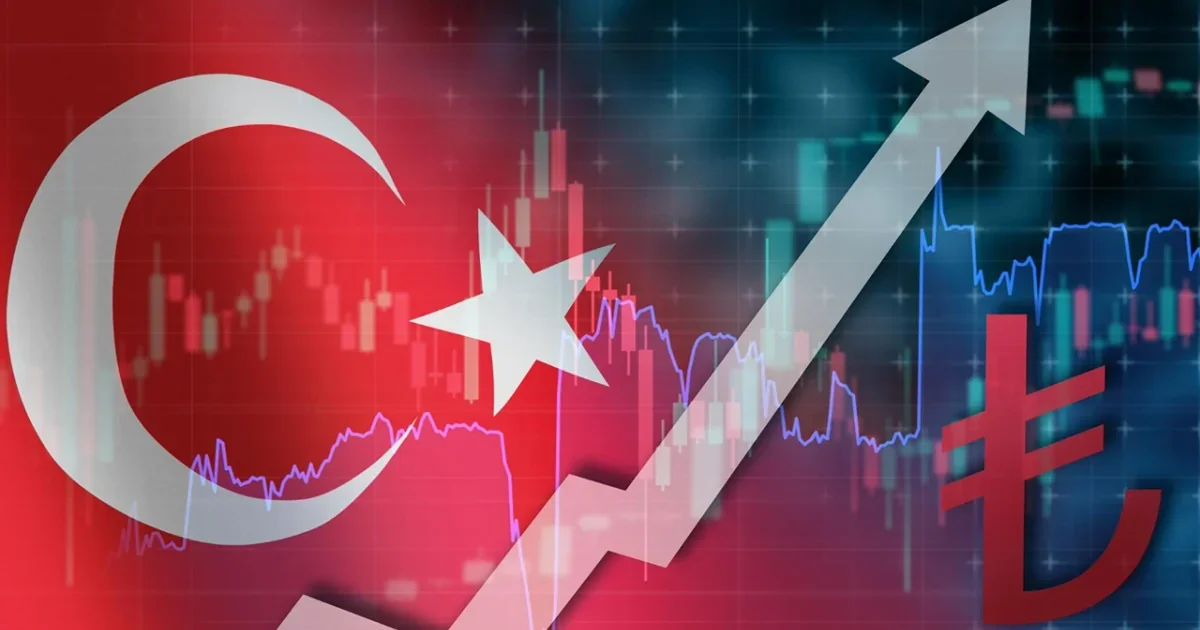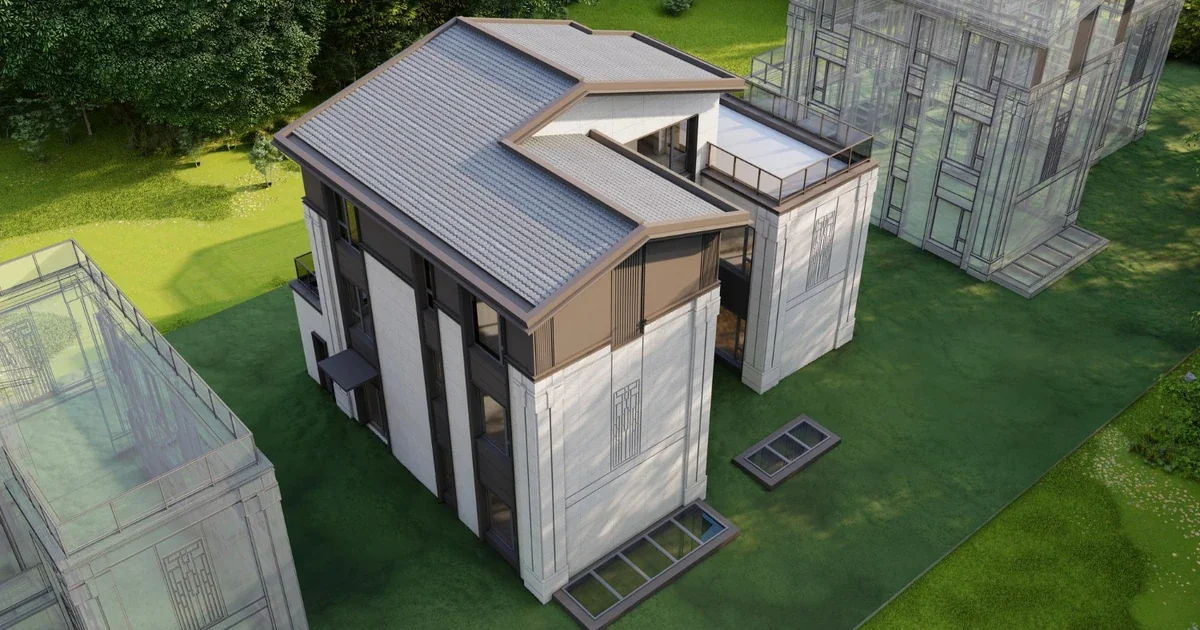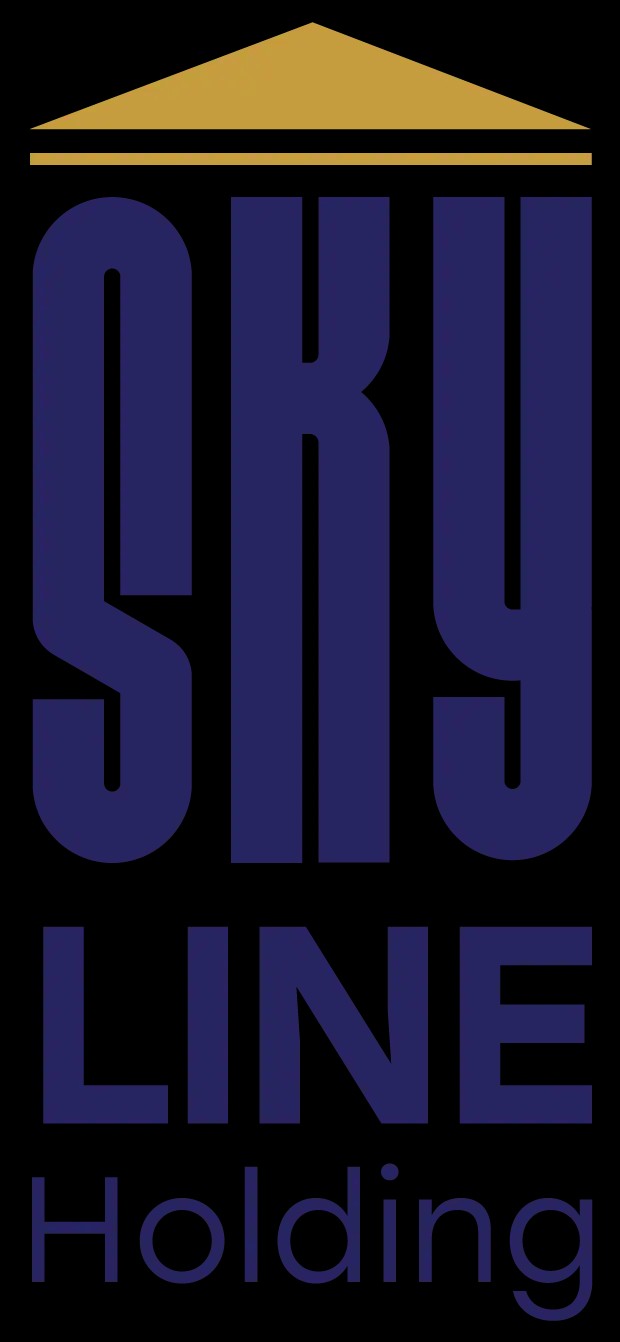Sustainable Buildings and Energy Efficiency in Saudi Arabia: Investment Opportunities for a Green Future
July 1, 2025
Buildings are one of the largest sources of global energy consumption, accounting for a significant share of carbon emissions. Studies show that conventional buildings consume about 40 % of global energy and produce 30 % of carbon emissions, whereas green buildings can cut energy use by nearly half and save around 30 % of annual operating costs. In Saudi Arabia, Vision 2030 has emphasized environmental sustainability, launching multiple initiatives to develop green‑building standards and optimize energy use in the real‑estate sector, opening new investment horizons.
Sustainable Buildings and Energy Efficiency in Saudi Arabia
Smart buildings and modern technologies help rationalize energy and water consumption and enhance resource efficiency, reducing strain on power grids and lowering operating costs. Renewable systems and smart controls also diminish reliance on fossil fuels—for example, many sustainable buildings integrate solar panels to generate electricity from renewable sources. In line with Saudi Arabia’s commitment to carbon neutrality, energy optimization in buildings is a core objective to cut emissions and improve quality of life.
Saudi Government Initiatives and Regulations
Government bodies have launched several initiatives to promote sustainable construction. The Saudi Energy Efficiency Center (SEEC) has issued mandatory regulations and guidelines under the Saudi Building Code to improve residential building energy performance, and the National Center for Energy Efficiency announced savings equivalent to 539,000 barrels of oil per day by 2023 thanks to energy‑saving programs. SEEC also introduced a window‑air‑conditioner replacement incentive, offering SAR 1,000 per old unit exchanged for a high‑efficiency model, helping reduce household electricity consumption and boost energy efficiency [source]. The “Green Saudi” initiative under Vision 2030 further promotes afforestation and renewable energy adoption.
In the construction sector, the Ministry of Municipalities and Housing’s Sustainable Building Program introduced a national sustainability rating system called the “Building Sustainability Assessment System.” This system allows owners and developers to measure their projects against strict environmental criteria. By end‑2023, over 70 projects totaling more than 50 million m² had been assessed. In 2024, 75 projects covering around 47 million m² were evaluated—a 32 % increase over the previous year—and the momentum continued in Q1 2025 with an additional 7 million m² assessed, up 64 % year‑on‑year.
Notably, the Saudi rating system has gained international recognition: it received international fellowship from the World Green Building Council and was included in the Global Real Estate Sustainability Benchmark (GRESB). The system classifies projects into five levels (from Green to Diamond) based on points earned across efficiency and sustainability criteria.
Benefits of Investing in Green Buildings
Green buildings and sustainability projects offer added value for real‑estate investors. Adopting sustainability standards improves operational efficiency in energy and water use, reducing operating costs and boosting investment returns through enhanced resource performance. Green standards also minimize construction waste and provide community amenities—such as parks, playgrounds, pedestrian and cycling paths—that improve residents’ quality of life. Consequently, demand for sustainable projects rises and long‑term property values appreciate.
Furthermore, obtaining recognized sustainability certifications enhances a building’s attractiveness to investors. With growing awareness of environmental responsibility, having a “Sustainability” or “LEED” certification has become a mark of project quality and a draw for clients. International and local certifications build investor confidence and bolster developers’ reputations; a certified project demonstrates a company’s adherence to global best practices and supports access to international financing, especially from financial institutions that apply ESG criteria in their investment decisions.
Read also: Smart Homes & Luxury Automation in Gulf Real Estate
Future Outlook
Sustainable buildings and energy efficiency have become cornerstones of the national development strategy. The alignment of government policies with advanced technologies supports the creation of more efficient, eco‑friendly cities and real‑estate projects. This transformation presents a genuine opportunity for investors, with profitability stemming from lower operating costs and enhanced asset values. As sustainability remains central to Vision 2030, a more stimulating business environment is expected to emerge, delivering long‑term returns and contributing to a green economy that serves future generations. Embracing sustainable real‑estate investment not only benefits the environment but also strengthens Saudi Arabia’s competitiveness in global capital markets, continuing to attract high‑quality investments where economic growth and environmental goals converge.
Read also:
Keywords
What is your budget?
Recommended Articles

December 15, 2025
How to Choose the Right Property in the UAE? 2026 Investor Guide
How to choose the right property in the UAE for 2026. A comprehensive guide covering best areas, ROI calculation, and off-plan buying risks.

November 13, 2025
Turkey’s 2025 Economic Program: How Will It Affect Inflation, the Lira, and the Real Estate Market?
The new Turkish economic program: what it means for investors and how it will impact inflation, the lira, and real-estate investment opportunities in Turkey.

July 8, 2025
Modular vs. Traditional Construction: Speed, Cost, and Durability
A comparison of modular and traditional construction in terms of execution speed, project costs, and durability—essential insights for real‑estate investors.
